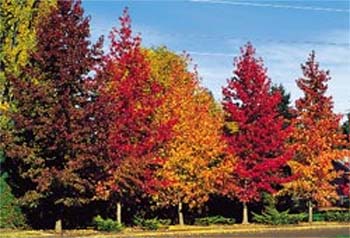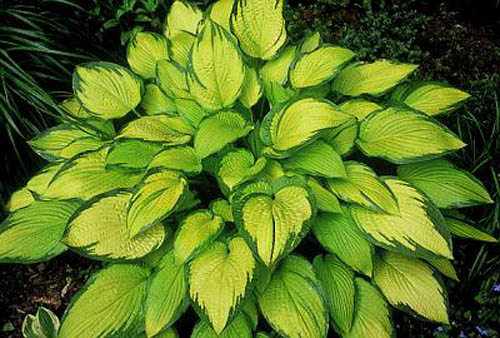This month’s issue of Yard Talk is, as we promised, devoted to “Plants for the Sunny Garden.” Our selections are based on our experiences growing in hardiness Zone 5, with heavy clay soil amended yearly with compost, and growing in direct sunlight. We are purposely leaving out several large plant groups such as roses, iris, and day lilies which will be covered in later issues. Our focus will be on those plants that out perform all others and provide a base on which to create a truly spectacular sunny garden. With that out of the way, we would like to present the following:
1. Echinacea-Coneflower– Vibrant showy flowers with raised centers, long blooming, drought tolerant, great fresh cut, and naturalize well. Recommended varieties: papurea Mangus and White Swan.
2. Rudbeckia-Black-Eyed Susan– You can never have too many of these in your sunny garden, colorful, long blooming, usually vibrant yellow with a dark eye.Recommended varieties: filgida Goldstrum, maxima, triloba, and our favorite locuniata Herbstonne.
3. Coreopsis– Tickseed-Mostly yellow daisy like flowers from June until first frost, an excellent cut flower, and attractive to butterflies. Recommended varieties: tripteris and the ever popular verticillota Moonbeam.
4. Phlox-Garden Phlox– Showy summer blooming, variety of colors although, our favorite is white. Recommended varieties: panuculata David, Mt. Fuji, and Nora Leigh.
5. Aster-New England Aster– Daisy like flowers in late summer and fall, durable, and easy to grow. Recommended varieties: Single Apricot Koran, Venus Daisy, andBecky’s Daisy.
6. Boltonia-False Aster– Masses of small usually white late season flowers, attractive to butterflies, and easily grown. Recommended varieties: Snowbank Sorry we fell in love with this one and had no desire to try others.
7. Eupatorium-Joe Pye Weed– Wish they had called it something besides a weed, every garden should have this, if for no other reason, than the masses of butterflies it attracts. Its billowy flowers are usually hard to see because of all the butterflies. It provides an excellent backdrop for other perennial. Recommended varieties: fistulosum orrugosum that has an exciting chocolate colored foliage.
8. Sedium-Ice Plant– A very large succulent group, attractive foliage, easy to grow, drought tolerant, and with a showy flower head that is attractive to butterflies.Recommended varieties: Autumn Joy, Frosty Morn, and Rosy Glow.
9. Monarda-Bee Balm– Colorful, aromatic sun loving plant that really has been improved upon in the past few years with some new mildew resistant varieties. Recommended varieties: Cambridge Scarlet, Marshall’s Delight, and Jacob Cline. The last two are particularly mildew resistant
There are some excellent groups that we had to leave out such as Delphiniums, because, frankly, we have not been able to consistently grow them successfully. We look for showy, vigorous growing plants that consistently, year after year, out perform all others. As you can tell, we also like them to be attractive to butterflies. For those of you, like us, who think that butterflies are a part of gardening, there is an excellent newsletter published four times a year called Butterfly Gardener’s Quarterly. We understand this newsletter costs less then $15.00 and is put out by Claire Hugen Dole. You can get more information by writing P O Box 30931, Seattle, Washington. 98103.
In next month’s Yard Talk we will talk about “Annuals in the Perennial Garden”, “Growing Moss in the Shade under Trees,” and provide you with some useful fertilizing tips.



